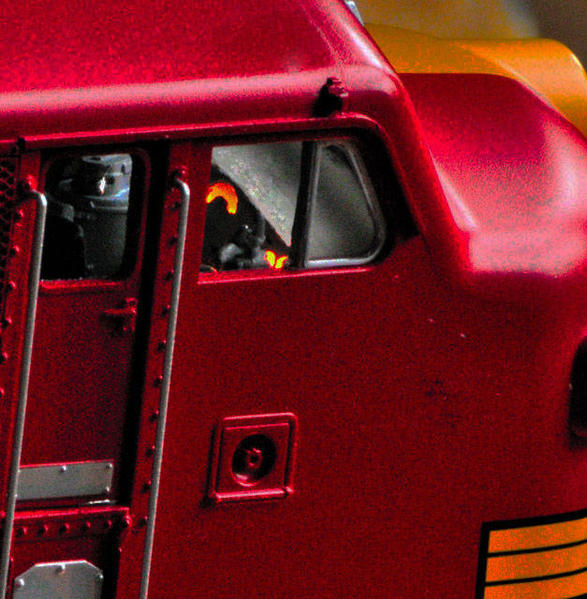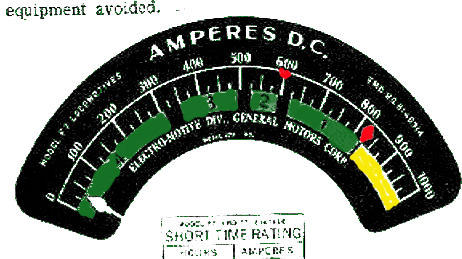In order to achieve a more realistic headlamp for EMD F units, I need to find a clear flat lens to replace the plastic lenses that come in plastic diesels.
I am working to install dual headlights in some F units and although the lighting is easy, the effect is obscured by the plastic lenses currently in use by Atlas, MTH, etc. I did find an article in O Scale Magazine ( http://www.oscalemag.com/wordpress/lenses-portholes/ ) but short of manufacturing my own, I was wondering if they are commercially available. MV lenses won't work, I need a flat lens like the one on the prototype. A flat lens will allow the dual LED's to be clearly visible.




























